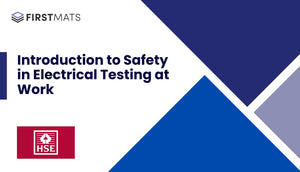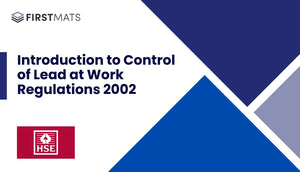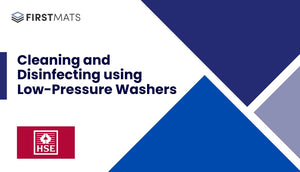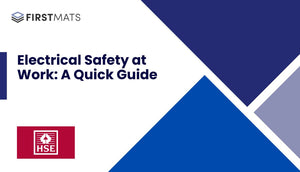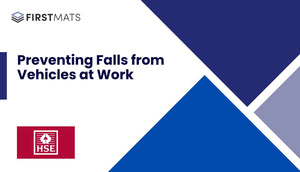Article Index:
Introduction
This article is a quick guide to the Health and Safety Executive (HSE) document titled "Noise: Don't lose your hearing!" (Document code: INDG363(rev2)). The original document provides valuable information on the dangers of excessive noise at the workplace and the responsibilities of both employers and employees to prevent hearing damage. This guide simplifies the key points of the original document for easy understanding.
The Problem with Noise
Noise is a part of everyday life but excessive noise can cause permanent and disabling hearing damage. This damage can manifest as progressive hearing loss over time, sudden damage from extremely loud noises, or tinnitus (permanent ringing in the ears). By the time you notice, it's probably too late. However, your hearing doesn't need to be damaged by your work – your employer has a duty to protect you and should be working on measures to reduce the risk. You can also play a part in helping your employer to protect you.
Identifying a Noise Problem at Work
If any of the following apply, your employer should be doing something about the noise:
- The noise is intrusive – like a busy street, a vacuum cleaner or a crowded restaurant – or worse, for most of the working day.
- You have to raise your voice to have a normal conversation when about 2 m apart, for at least part of the day.
- You use noisy powered tools or machinery for over half an hour a day.
- The type of work is known to have noisy tasks, e.g., construction, demolition, road repair, woodworking, plastics processing, engineering, textile manufacture, general fabrication, forging or stamping, paper or board making, canning or bottling, foundries, waste and recycling.
- There are noises because of impacts (such as hammering, drop forging, pneumatic impact tools etc), explosive sources such as cartridge-operated tools or detonators, or guns.
Employer's Responsibilities
Your employer should be looking at:
- Using quieter equipment or a different, quieter process.
- Engineering/technical changes to reduce the noise at source.
- Using screens, barriers, enclosures or absorbent materials.
- Laying out the workplace to create quiet workstations.
- Improved ways of working to reduce noise levels.
- Limiting the time you spend in noisy areas.
What You Need to Do
As an employee, you are required to:
- Cooperate with your employer to protect your hearing.
- Wear any hearing protection you are given properly and all the time when you are doing noisy work.
- Look after your hearing protection.
- Attend for your hearing checks.
- Report any problems with noise-control devices or your hearing protection straight away.
Conclusion
Protecting your hearing at work is a shared responsibility between you and your employer. By understanding the risks and taking the necessary precautions, you can prevent permanent and disabling hearing damage. For more information, you can refer to the original HSE document.


